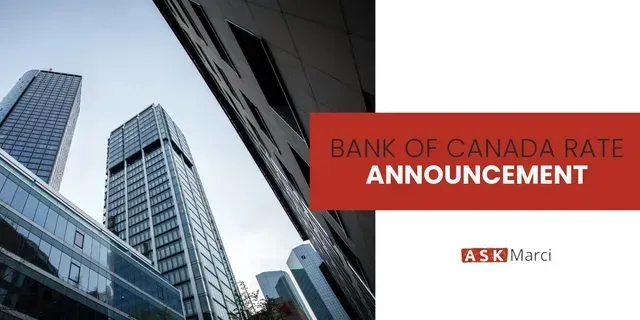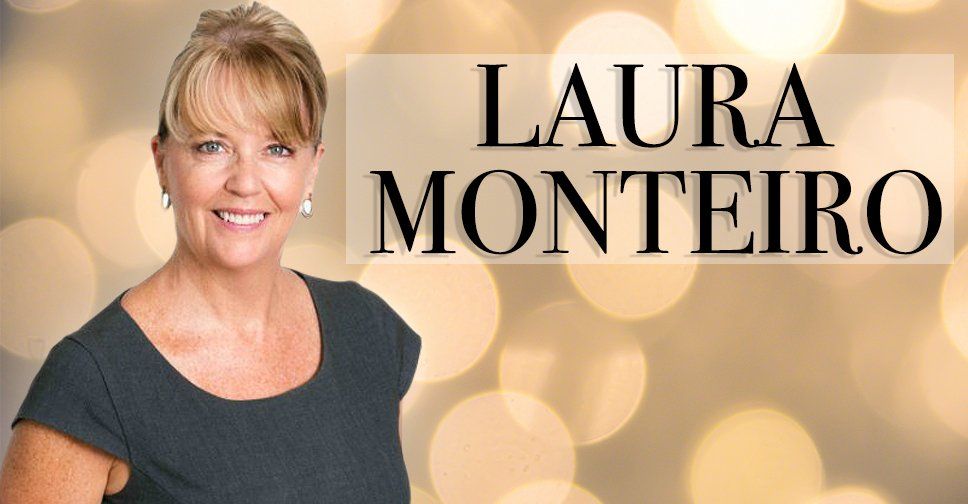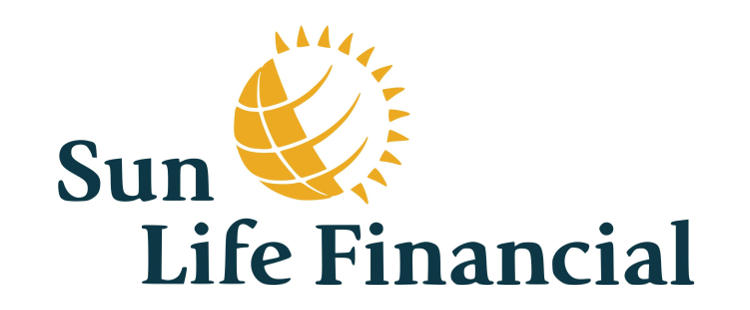006: Don’t Want To Bother with Life Insurance? Laura Monteiro Shares Stories About Why It’s Important
Introduction
Laura Monteiro has been a financial adviser with Sun Life Financial for the past 12 years. She is a 2-time winner of the 5-Star Wealth Management Award , and a 7-year recipient of the Million Dollar Round Table. Before her career with Sun Life, she was the owner and director of her own human resource firm. Her experiences in HR melded perfectly to her role as a financial adviser. Laura talks about the difference between life insurance provided by an agent, and a mortgage life insurance plan provided by the bank. She also warns us about plans that are not underwritten at the start, and she answers whether you need disability insurance to get approved for a mortgage.
Key points
- [5:33] It’s important not to assume what your clients know.
- [7:03] You have to work your business. Being self-employed is not easy.
- [8:25] What is the difference between life insurance provided by an agent and the life insurance provided by the bank?
- [9:00] Mortgage insurance provided by the lender is directly linked to the loan, with the beneficiary being the lender with all funds going towards the balance of the loan.
- [9:25] Life insurance provided by an agent is paid out to your named beneficiary giving flexibility with the funds.
- [11:23] Your life insurance policy should be fully underwritten from the start. This means you have provided full medical history, and you have had a visit from a nurse. Having this process completed from the start means when the time comes to make a claim you are guaranteed to be paid.
- [12:03] Many plans that the banks offer start underwriting after a claim has been made. This usually means the case will be declined.
- [13:32] Interim coverages will keep you secure while you are waiting for the underwriting process to be completed.
- [14:38] Why is it important to get life insurance when you’re buying a property with a partner?
- [16:23] Do I need to get disability insurance to get a mortgage?
- [17:48] Disability insurance is still a very important safety net when you are taking out a mortgage.
- [19:29] Make sure your adviser is employed with a reputable company and works in the field full-time, not part-time.
Contact Laura Monteiro
- Web: www.sunlife.ca
- Tel: 604-683-3656
- Email: laura.monteiro@sunlife.com
Share















